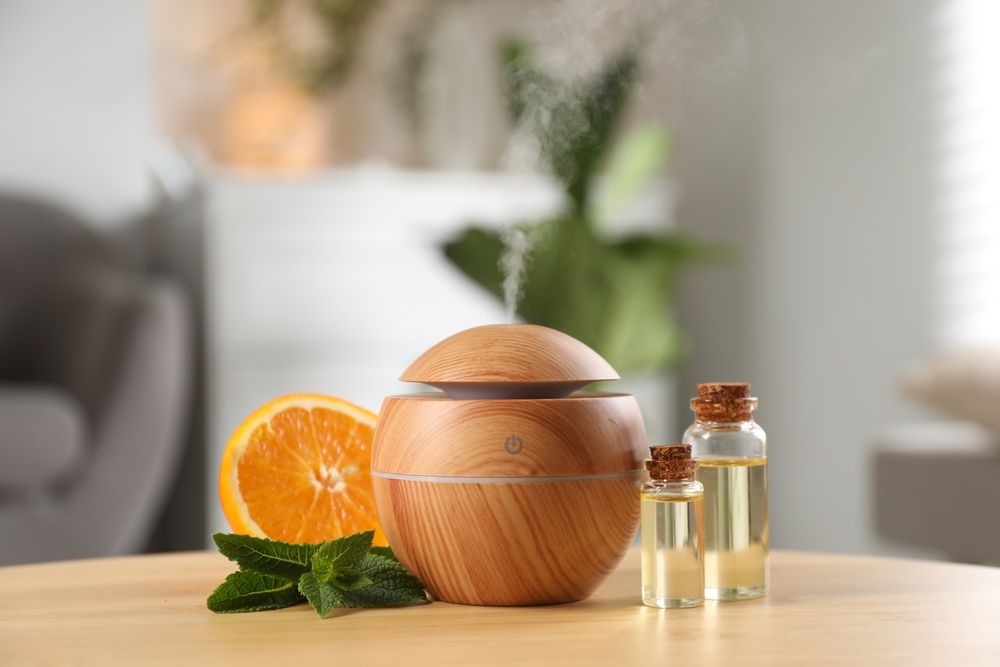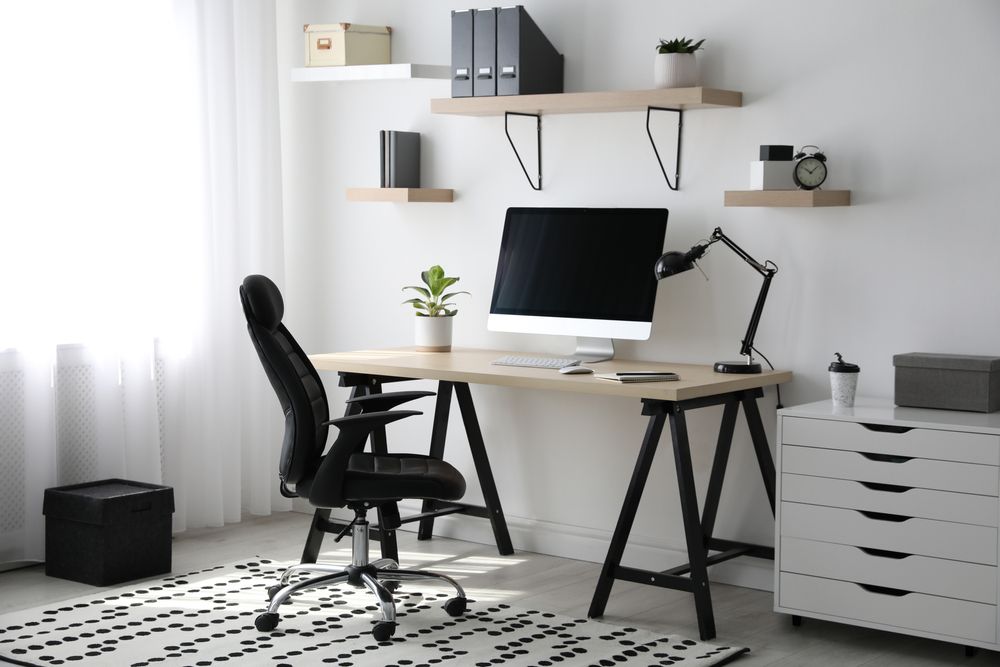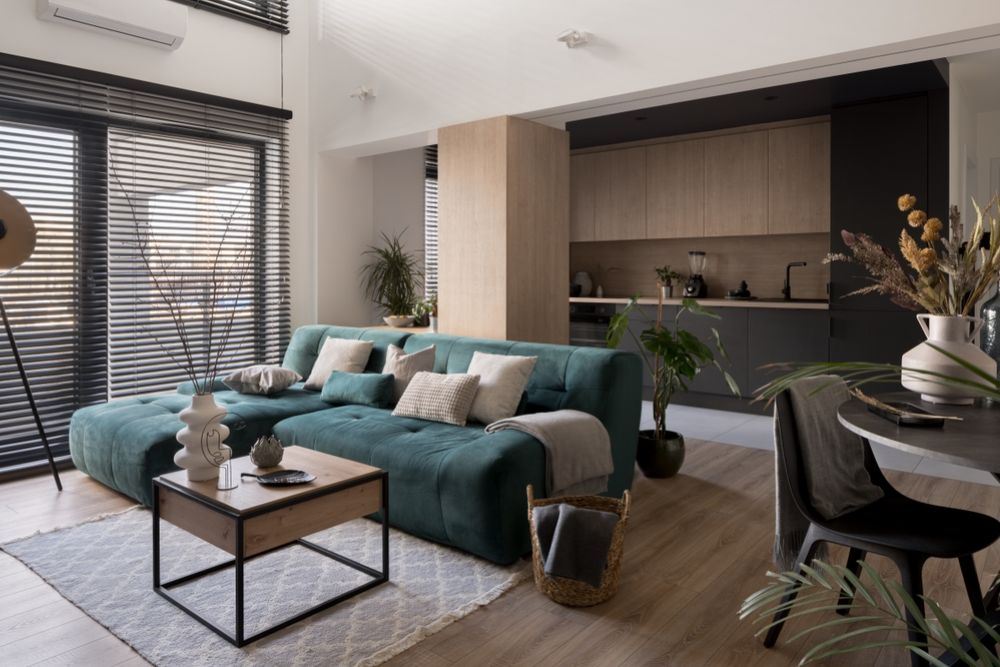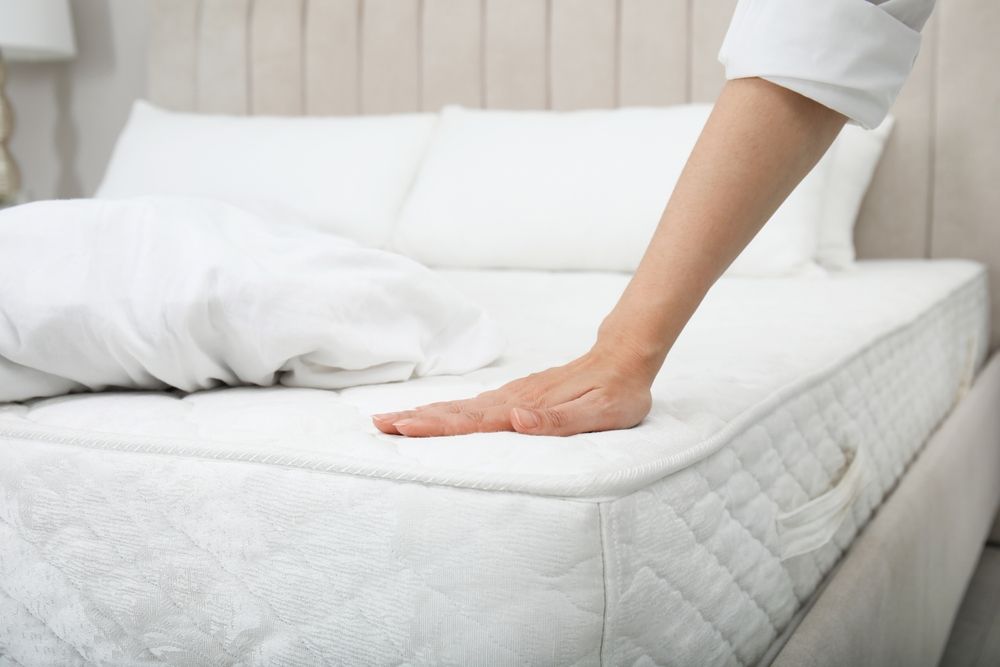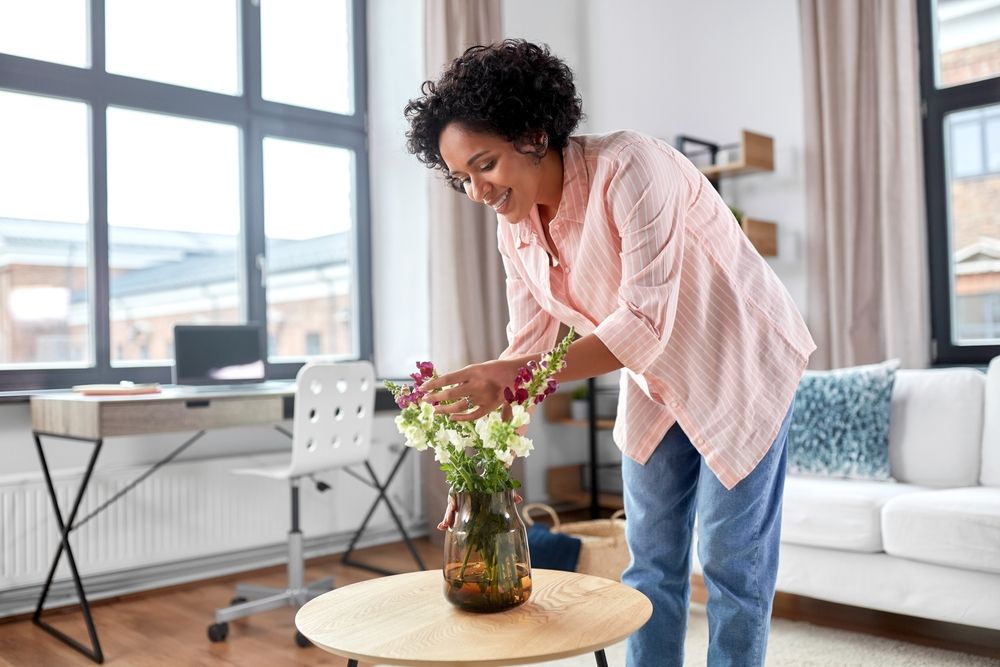Aromatherapy has gained massive popularity for its ability to transform any space into a calm, refreshing sanctuary. Whether you're trying to wind down after a stressful day or boost your mood and focus, essential oils and diffusers can offer subtle but powerful benefits. However, not all diffusers and oils are created equal — and knowing what to look for before buying can save you money and elevate your overall experience.
Before you click “add to cart,” here’s what you need to understand about the different types of diffusers, oil quality, safety, and how to make the most of your aromatherapy routine.
Types of Aromatherapy Diffusers
Choosing the right diffuser starts with understanding how each type works. Different diffuser styles offer different benefits depending on how you plan to use them.
1. Ultrasonic Diffusers
These are the most popular and affordable options. They use ultrasonic vibrations to turn water mixed with essential oils into a fine mist. Ultrasonic diffusers also humidify the air, which is great for dry climates or winter use.
Best for: everyday home use, medium to large rooms, people seeking both aroma and added moisture.
2. Nebulizing Diffusers
These don’t require water and instead disperse concentrated essential oils directly into the air using pressurized air streams. This makes them more potent and ideal for therapeutic use, but they’re often louder and more expensive.
Best for: users who want maximum therapeutic benefits or prefer not to dilute oils.
3. Evaporative Diffusers
These use a fan to blow air through a pad soaked in essential oil. They're simple and portable but not as efficient at distributing scent evenly over time.
Best for: small spaces, personal desks, or short bursts of fragrance.
4. Heat Diffusers
These use warmth to evaporate oils into the air. They’re quiet and affordable, but the heat can alter the chemical composition of oils and reduce their benefits.
Best for: people who prioritize scent over therapeutic value.
What to Look for in a Diffuser
Once you know the type of diffuser you want, here are some features that can enhance your aromatherapy experience:
-
Run Time and Auto Shut-Off: A timer or auto shut-off helps save oil and provides peace of mind, especially if you run your diffuser while sleeping.
-
Water Tank Size (for Ultrasonic Models): Larger tanks require less refilling and can run for hours.
-
Lighting Options: Many diffusers double as ambient nightlights or mood lamps.
-
Ease of Cleaning: Regular cleaning prevents mold and oil buildup.
-
Noise Level: Choose a quieter model for bedroom or office use.
Understanding Essential Oil Quality
The effectiveness of your aromatherapy depends heavily on the oils you use. High-quality essential oils are pure, undiluted, and free from synthetic additives. Here’s what to check:
-
Labeling: Look for Latin names of the plants, country of origin, and whether it’s 100% pure.
-
Extraction Method: Steam distillation and cold pressing are ideal. Avoid oils extracted with solvents for aromatherapy purposes.
-
Packaging: Oils should come in dark amber or cobalt glass bottles to protect them from sunlight and oxidation.
-
Price Point: If it seems too cheap to be pure, it probably isn’t.
Reputable brands often provide third-party testing or GC/MS (Gas Chromatography/Mass Spectrometry) reports to confirm oil purity.
Safety Considerations
Although essential oils are natural, they’re also highly concentrated and must be used responsibly. Here are some important safety guidelines:
-
Dilution Is Key: Never apply undiluted essential oils directly to skin unless specifically labeled for topical use.
-
Kids and Pets: Some oils (like tea tree, eucalyptus, and peppermint) can be harmful to children or pets. Always check compatibility before diffusing around them.
-
Ventilation: Make sure your space is well-ventilated and avoid continuous use for more than an hour or two unless otherwise advised.
-
Medical Conditions: People with asthma, epilepsy, or sensitivities should consult a healthcare professional before regular use.
Benefits of Aromatherapy
When used safely and correctly, aromatherapy offers a wide range of physical and emotional benefits:
-
Stress relief and relaxation (lavender, chamomile, ylang-ylang)
-
Increased focus and alertness (peppermint, rosemary, lemon)
-
Mood enhancement (bergamot, orange, jasmine)
-
Better sleep (lavender, sandalwood, frankincense)
-
Air purification and odor removal (tea tree, eucalyptus, lemongrass)
Whether you're using it to sleep better, create a spa-like environment, or stay energized through a long workday, the right oil can make a noticeable difference.
Budgeting for Aromatherapy
You don’t need to spend a fortune to get started. Many quality ultrasonic diffusers are available for under $40, and starter essential oil kits typically range from $20 to $60 depending on brand and number of oils.
If you want a premium experience (with smart diffusers, nebulizing features, or premium therapeutic oils), budget closer to $100–$200.
To save money:
-
Start with a few versatile oils (lavender, peppermint, lemon)
-
Choose a mid-range ultrasonic diffuser with adjustable settings
-
Purchase oils in bundles or from brands offering loyalty rewards or subscriptions
Tips for Getting the Most from Your Diffuser
-
Clean Weekly: Remove water and wipe the inside with a soft cloth. Use white vinegar and water for deep cleaning once a month.
-
Use Filtered Water: Prevents buildup and improves mist quality.
-
Experiment with Blends: Combine oils for customized effects (e.g., lavender + eucalyptus for stress relief and clarity).
-
Don't Overdo It: A few drops go a long way. Using too much oil can cause irritation or overpower the space.
-
Place It Strategically: Put your diffuser in a central or elevated location so the mist spreads evenly.
Aromatherapy diffusers and essential oils offer a simple way to improve your environment and well-being — but not all products are created equal. Choosing the right diffuser and oils can greatly enhance your results, whether you're after stress relief, better sleep, or just a fresher-smelling home.
Investing in quality doesn’t have to break your budget, and with a little research, you can create an aromatherapy routine that’s both effective and enjoyable. Take the time to learn what works for you, and let your senses guide the rest.

